James Reese Europe and Castle House Rag (for General Music or Wind Ensemble/Band)
This lesson plan can be used in conjunction with James Reese Europe’s Castle House Rag, arranged for high school or advanced middle school band, by Connor Swaenepoel, and is part of The Virtual Ensemble Project. The arrangement and accompanying materials are free for teachers to use with their ensembles! Teachers may also view a video of this lesson plan being used with 8th graders
Grades 7 – 12
Subject Band/Wind Ensemble or General Music
Time Required 45 minutes
Objectives: Students will use self-guided inquiry (discovery, reflection, and questions) to learn about the Black composer and Bandleader, James Reese Europe, and the time period in which he lived.
Standards: This lesson plan follows the NAfME standard: Understanding music in relation to history and culture.
Preparation: Teachers can either download the 3 following primary sources to use in class for this lesson plan, or create a Padlet of the primary sources to use in class or online. If creating a Padlet, teachers may post the link to the Padlet in Google Classroom, email the students with the link, or put a link to the Padlet in a Meet chat:
https://www.loc.gov/item/2016651602/ Photo of James Reese Europe and his band entertaining the wounded with jazz in Paris (Please note that there is a word used in the description that is not acceptable to use. It is suggested you point this out to the students but not say the word. Explain that in order to preserve history The Library of Congress has material that may be deemed offensive in nature)
https://www.loc.gov/item/2013562509/ On Patrol in Nomans Land, music by James Reese Europe, Noble Sissle and Eubie Blake
https://www.loc.gov/item/2004677281/ Photo of Irene and Vernon Castle, the famous dance duo from the early 20th century, who danced to Castle House Rag
Teachers should have the three primary sources ready to share online on their computer, have a projector to share them in class, or the information available to share verbally following the first activity. Students should have paper and pencils if doing the activity in class (and not using a Padlet) Teachers may wish to use these analyzing tools from the Library of Congress should they prefer having their students write their answers down on an analyzing sheet of paper.
Teachers can use these articles to gain further background and insight into James Reese Europe https://guides.loc.gov/chronicling-america-james-reese-europe
Teachers also may want to use the following recording in this lesson plan: https://www.loc.gov/item/jukebox-134538/ Victor audio recording of The Castles in Europe (also known as Castle House Rag) If this lesson plan is done in conjunction with the arrangement of Castle House Rag for high school band or wind ensemble, the recording would be appropriate to play prior to working on the arrangement with the ensemble.
- Invite students to write down their observations, reflections and questions on a Padlet with each student putting their first name and O for observation, R for reflection and Q for question next to their observation, reflection or question. (5 minutes for each category) If this activity is done in class, a sheet of paper with the 3 different primary sources can be placed on a table shared by small groups and students can write down their observations, reflections and questions on a piece of paper using this Photo Analysis Guide. Following the activity, discuss the observations, reflections and questions. If using a Padlet, teachers may also mention observations, reflections and questions as students write down their thoughts and/or discuss them after the fact. (20 minutes total for the activity and discuss
- The teacher should then share information about each of the primary sources. (5 minutes)
- Read selections from this newspaper (avoid showing and reading any material deemed offensive in the article, and explain that offensive language was used sometimes during this time period in newspapers, and that there are also some words that were not considered offensive back then that are recognized as offensive now. You may want to print the sections used if taught in class or just show the sections you want to use if taught online. Suggested reading: Start partway down the second paragraph and read from “ ‘Why people left those wonderful bands.” and end with “No I don’t see why anybody should leave those lovely bands to listen to us.” Then in the second column, read from “Jazz is not easy” until “They all wanted us to stay forever.”
- Give a summary of any parts you feel are important of sections not read.
Some questions about this newspaper for discussion can include: What details indicate when this was published? • What details suggest where this was published? Who do you think was the audience for this publication? • What can you tell about what was important at the time and place of publication? • What can you tell about the point of view of the people who produced this? • How would this be different if produced today? • How would this be the same? What do you wonder about… who? • what? • when? • where? • why? • how? (15 minutes)
5. Read Connor Swaenepoel’s program notes on Castle House Rag, having students take turns reading. (5 minutes)

